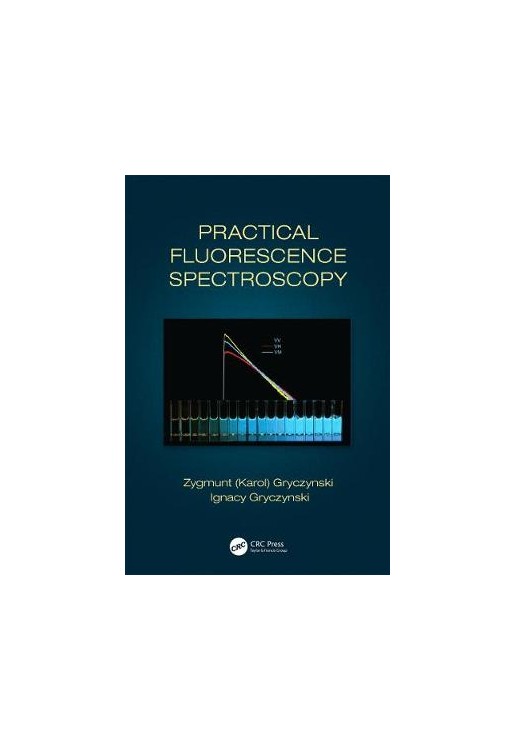Presenting a detailed, hands-on approach to fluorescence spectroscopy, this book describes experiments that cover basic spectroscopy and advanced aspects of fluorescence spectroscopy.
Chapter 1. Theory of Light and Light Interaction with Matter
Basics of Light
Light Polarization
Interaction of Light and Chromophores
Interactions Among Chromphores
Scattering
Summary
Chapter 2. Experimental Basics
Types of Cuvettes
Types of Filters
Measuring Transmittance/Absorbance
Factors Affecting the Precision of Absorption Measurement
Effect of Sample Scattering on Measured Transmission and Abosrbance
Measuring Emission
Efficiency of Collecting Emission: Measuring Quantum Yield
Wavelength Calibration
Instrucment Response
Lamp Profile
Peaks and Spectral Shapes
Standard Deviation and Height
Sums of Peaks
Noise-Signal-to-Noise Ratio
Sampling Rate
Bandwidth
Artifacts and Errors
Spectral Overlap
Peak Normalization
Residuals
Interpolation
Chapter 3. Experiments
Introduction
Experiments
Chapter 4. Fluorescence-Steady-State Phenomena
Introduction
Experiments
Chapter 5. Steady-State Fluorescence: Applications
Introduction
Experiments
Chapter 6. Steady-State Fluorescence Polarization: Anisotropy
Introduction
How to Select and Check Polarizers
Transition Moments
Polarized Absorption
Emission Polarization (Anisotropy)
Fundamental and Limiting Anistropies
Consequences of Linear Transition Moments
Determining the G-Factor for Spectrofluorometer
Experiments
Chapter 7. Fluorescence: Time-Resolved Phenomena
Introduction
Experiments
Chapter 8. Advanced Experiments
Introduction
Experiments




